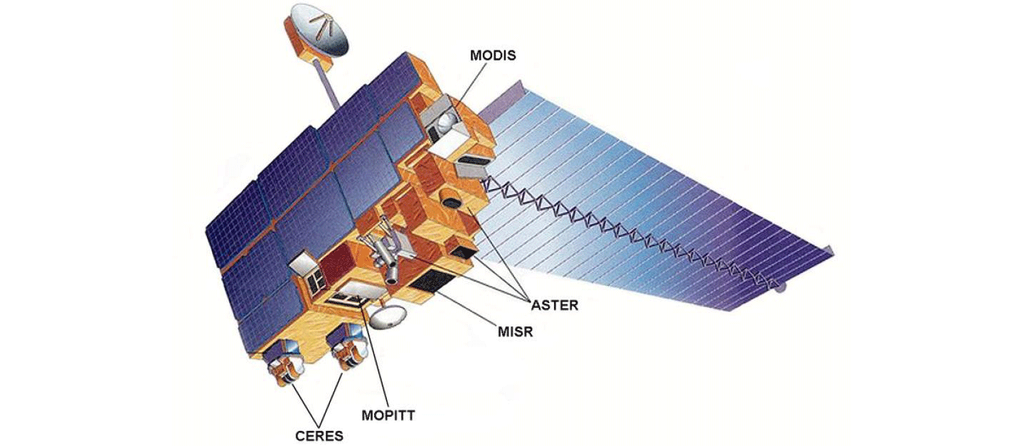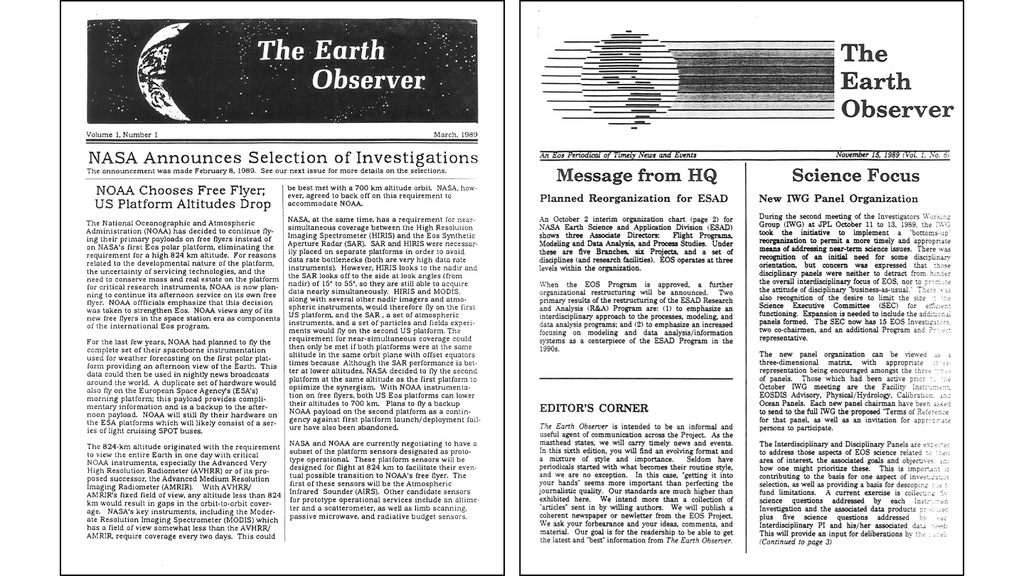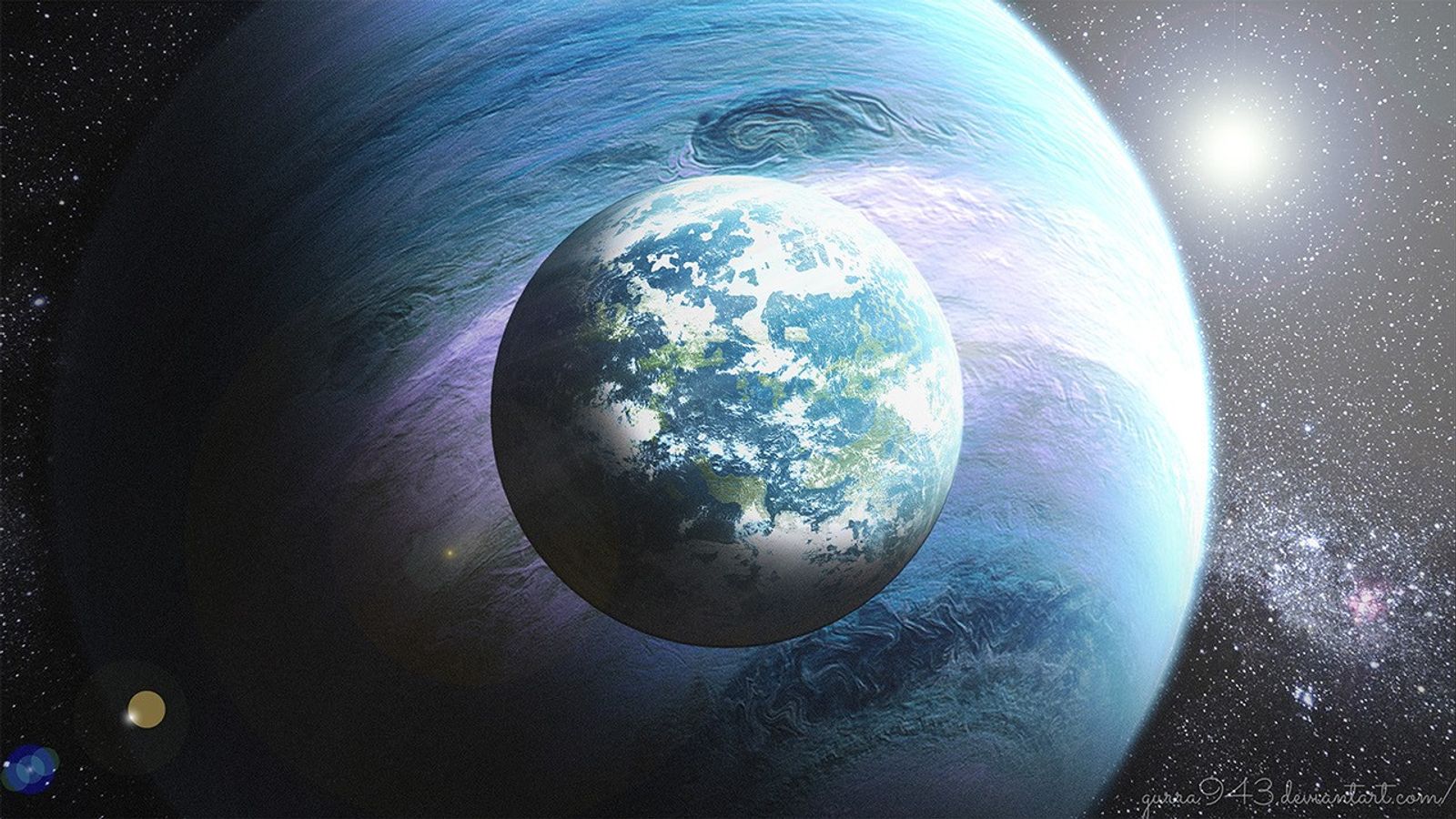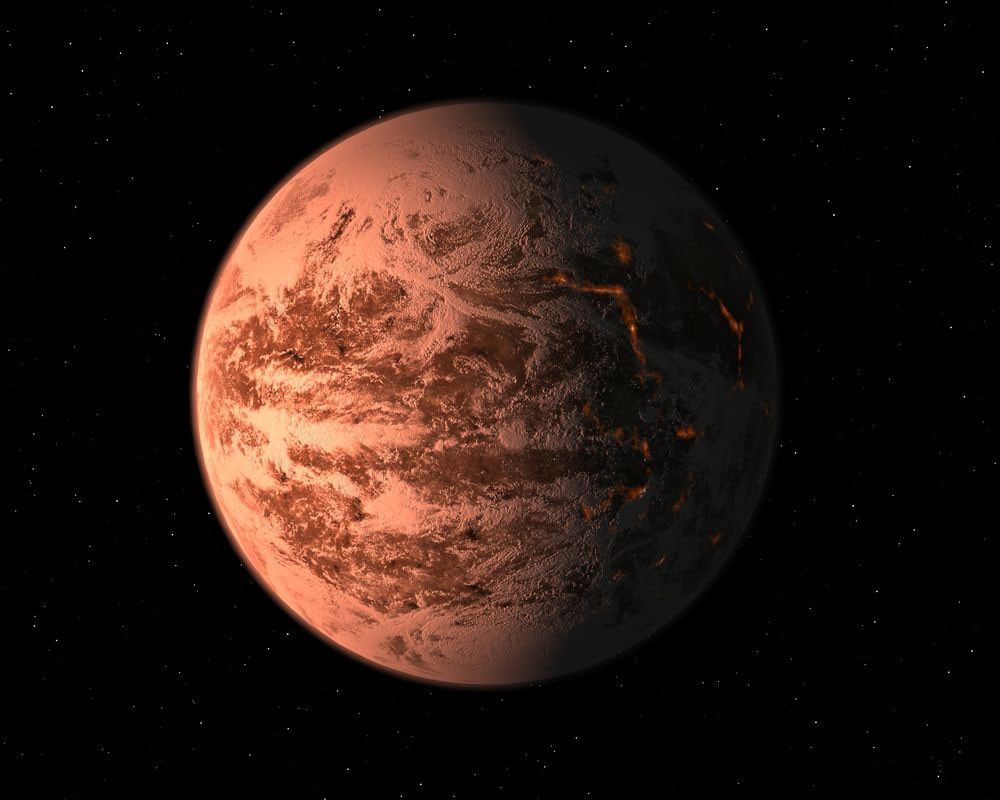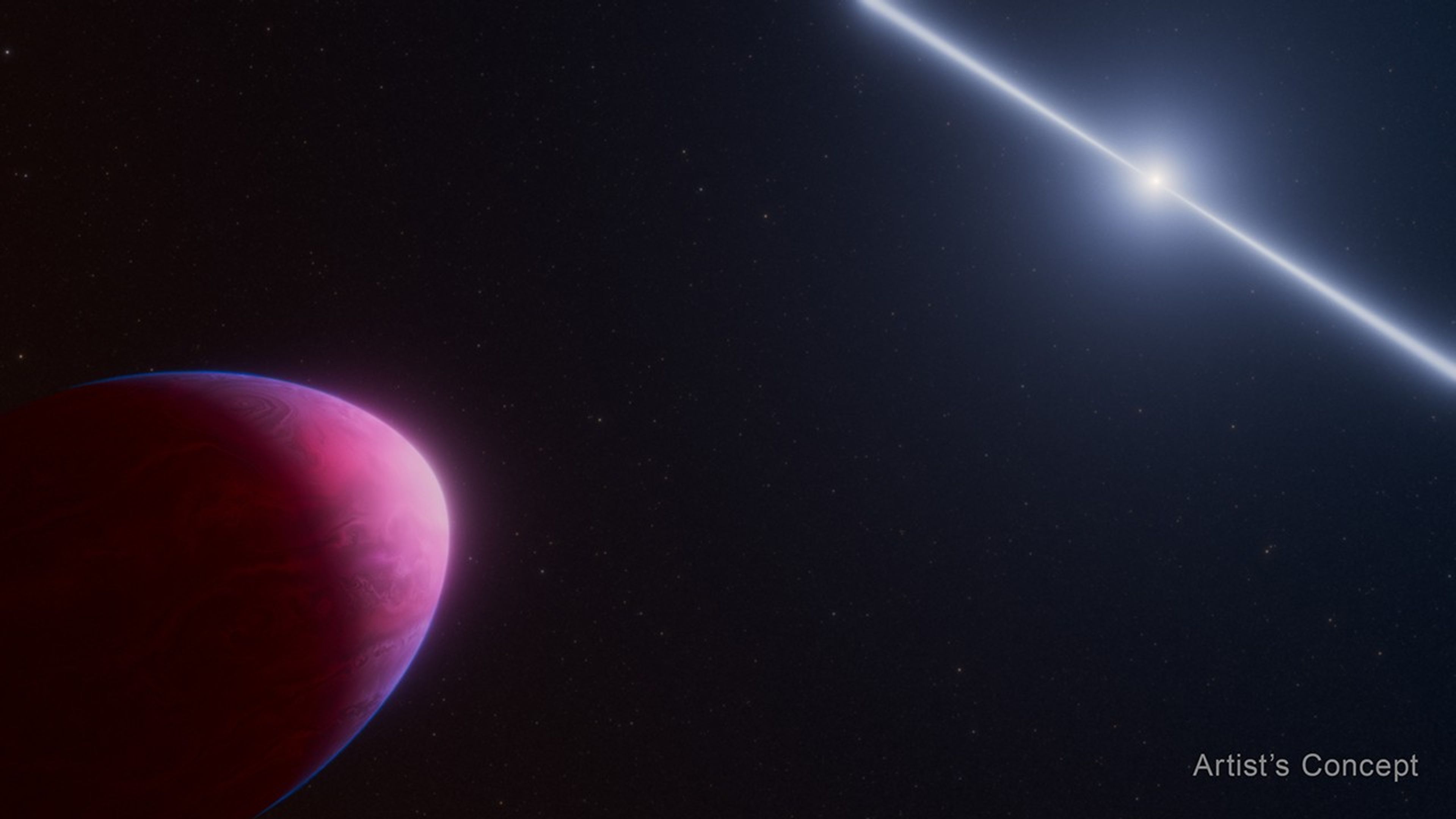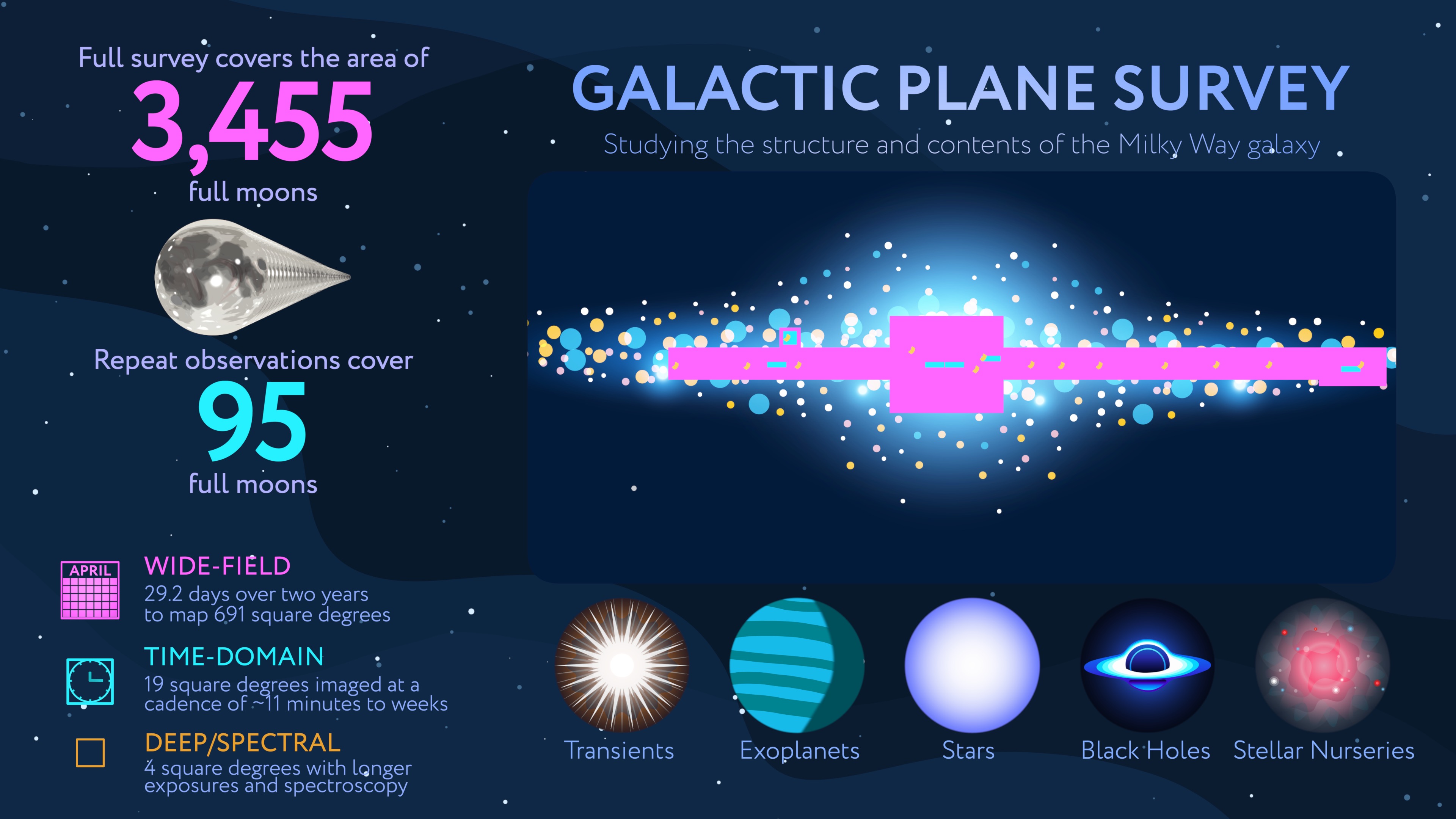What would happen if the crew of the Starship Enterprise handed over the controls to NASA scientists and engineers? It turns out many are avid Star Trek fans with lengthy itineraries in mind. We asked a few of them to pick their favorite destinations in the Star Trek universe, to tell us why, and to let us know if they resemble any of the thousands of actual exoplanets—planets orbiting other stars—that have been discovered so far.
1. Vulcan
What is perhaps the most famous Star Trek planet was placed by creator Gene Roddenberry in a real star system: 40 Eridani. This trinary system of three dwarf stars, about 16 light-years from Earth, could play host to exoplanets; none have been detected there so far. The most massive is 40 Eridani A, chosen as Vulcan’s home world. Home to the “pointy eared, green blooded” Vulcans and to Star Trek’s iconic Mr. Spock, Vulcan is said to be a hotter, more massive planet than Earth, with stronger gravity and a thinner atmosphere. Desert and mountainous expanses are interspersed with seas. The planet makes an appearance in several Star Trek films and series episodes and (spoiler alert) is destroyed in J.J. Abrams’ alternate timeline. An example of a real exoplanet being destroyed—by its own sun, not vengeful aliens—is HD 209458b, a “hot Jupiter” orbiting so close to its star that its atmosphere is being blown away into space, leaving a large, detectable tail.
2. Andoria
An icy “M-class” (Star Trek's term for “Earth-like”) moon of a much larger planet—a gas giant—that is home to soft-spoken humanoids with blue skin, white hair and stylish antennae. A bit of a dust-up takes place in the original Star Trek series when an Orion poses as an Andorian during an ambassadorial mission (“Journey to Babel”). Definitive “exo-moons” have yet to be discovered, but some could be both icy and habitable. In our solar system, gas giants play host to icy moons, such as Jupiter’s Europa or Saturn’s Enceladus, that possess subsurface oceans locked inside shells of ice. NASA missions are searching for lifeforms that might exist in these cold, dark habitats.
3. Risa
Another Trek M-class planet known for its engineered tropical climate and its welcoming humanoid population. This earns it a designation as a “pleasure planet” from the United Federation of Planets, of which it is a member. Crew members from the “Next Generation,” “Deep Space Nine” and “Enterprise” series all paid visits there. The planet is said to orbit a binary, or double, star system—in Star Trek fan lore, Epsilon Ceti, a real star system some 79 light-years from Earth. While no real planets have yet been discovered around these stars, many exoplanets have been found in orbit around binaries. The first unambiguous such discovery, Kepler-16b found in 2011, is cold, gaseous and Saturn-sized, but still invites comparisons to Tatooine, the double-sunset planet in the competing space franchise Star Wars. A 2014 study suggested that as much as half the stars that play host to exoplanets could be binaries– equaling billions of worlds.
4. “Shore Leave” planet, Omicron Delta region
This is another amusement park of a planet—provided someone lets you in on it before you beam down. Unwitting members of the original crew are assailed by strafing aircraft, a jousting knight and a laughing bully named Finnegan (“Shore Leave”) before they realize it’s all just in good fun—manufactured in underground factories straight from the crew members’ imaginations. In real life, astronauts aboard the International Space Station print out plastic tools and containers with their own 3-D printer, and NASA’s Jet Propulsion Laboratory in Pasadena, Calif., is among the research centers experimenting with this technology. But the “Shore Leave” planet takes it to a whole new level.
5. Nibiru
“Star Trek: Into Darkness” finds Captain Kirk and Dr. McCoy fleeing from chalk-skinned aliens through a red jungle. Welcome to planet Nibiru. In the second installment of the latest round of Star Trek films Kirk interferes, yet again, with a primitive culture, even if it is to save their lives. Red or even black vegetation could cover land surfaces on real exoplanets that orbit cooler, redder stars, an adaptation meant to gather as much light for photosynthesis as possible. Several planets discovered by NASA’s Kepler space telescope could fit this profile, orbiting in the “habitable zones” of red dwarf stars—where liquid water can exist on a planetary surface. Perhaps the most famous is Kepler-186f, only 10 percent larger than Earth in diameter, orbiting a star some 500 light-years away. At high noon, the surface of this planet would look something like dusk on Earth.
6. Wolf 359
A star best known in the Star Trek universe as the site of a fierce battle in which a multitude of “Star Trek: Next Generation” ships are defeated by the Borg (“Best of Both Worlds”). But Wolf 359 is a real star, one of the closest to Earth at a distance of 7.8 light-years. Wolf 359 is also a likely observational target for the Kepler space telescope in the upcoming Campaign 14 of its “K2” mission.
7. Eminiar VII/Vendikar
Another case of Captain Kirk playing fast and loose with the Prime Directive—that is, the prohibition on interfering with civilizations on other planets (“A Taste of Armageddon”). These two planets are neighbors, sharing a star system. So, of course, they’ve been at war for centuries. Real exoplanets have shown no signs of interplanetary war, although multiple rocky worlds have been discovered orbiting single stars. One of the latest examples: A cool dwarf star called TRAPPIST-1, orbited by three planets in Earth’s size-range; two have a chance of being in the star’s habitable zone, with possible Earth-like atmospheres. The Kepler space telescope will further study the star TRAPPIST-1 in the upcoming Campaign 12 of its “K2” mission.
8. Remus
The planets Romulus and Remus are home to the Romulan Empire (ancient Rome, anyone?), although Remus seemed to have gotten the raw end of the deal. Remus is tidally locked, one face always turned to its star, where a lower caste of Romulan society labor in dilithium mines. Reference is made to Remus in the original series as the Enterprise gives chase to a Romulan warship, called a bird of prey (“Balance of Terror”), and in the film “Star Trek: Nemesis.” Tidally locked worlds might well be a real thing, with many possible candidates among the thousands of exoplanets discovered with NASA’s Kepler space telescope. The habitable portion of the surface of such planets might be confined to a band between the day and night sides called the “terminator zone”—a.k.a. the twilight zone. On these planets, one hemisphere would be seared by its sun, the other plunged permanently…into darkness.
9. Janus VI
A rocky world lacking an atmosphere, perhaps similar to Mars, that is the site of a Federation mining colony (“Devil in the Dark,” original series). While humans must maintain an artificial underground environment to survive, the innards of the planet are a comfortable home to an alien species known as the “Horta.” Their rock-like biochemistry is based on silicon, rather than carbon, inspiring us to imagine the many forms life might take in the universe—some that might not be obvious at first.
10. Earth
In the Star Trek universe, Earth is home to Starfleet Headquarters; the real Earth is, at least so far, the only life-bearing world we know. Earth returns again and again in Star Trek series and films, in many guises, from the raucous 1960s, to 1980s San Francisco (“Star Trek: The Voyage Home”), to a troubled 21st century (“Star Trek VIII: First Contact”). Strange Earth analogs also appear, inhabited by centuries-old children (“Miri”) or a modern-day Roman Empire worried about TV ratings for its gladiatorial games (“Bread and Circuses”), both in the original series. No true Earth analogs have been discovered among the real exoplanets detected so far. But a new generation of space telescopes, designed to capture direct images of exoplanets in Earth’s size range, might one day reveal an alternative “pale blue dot.”














